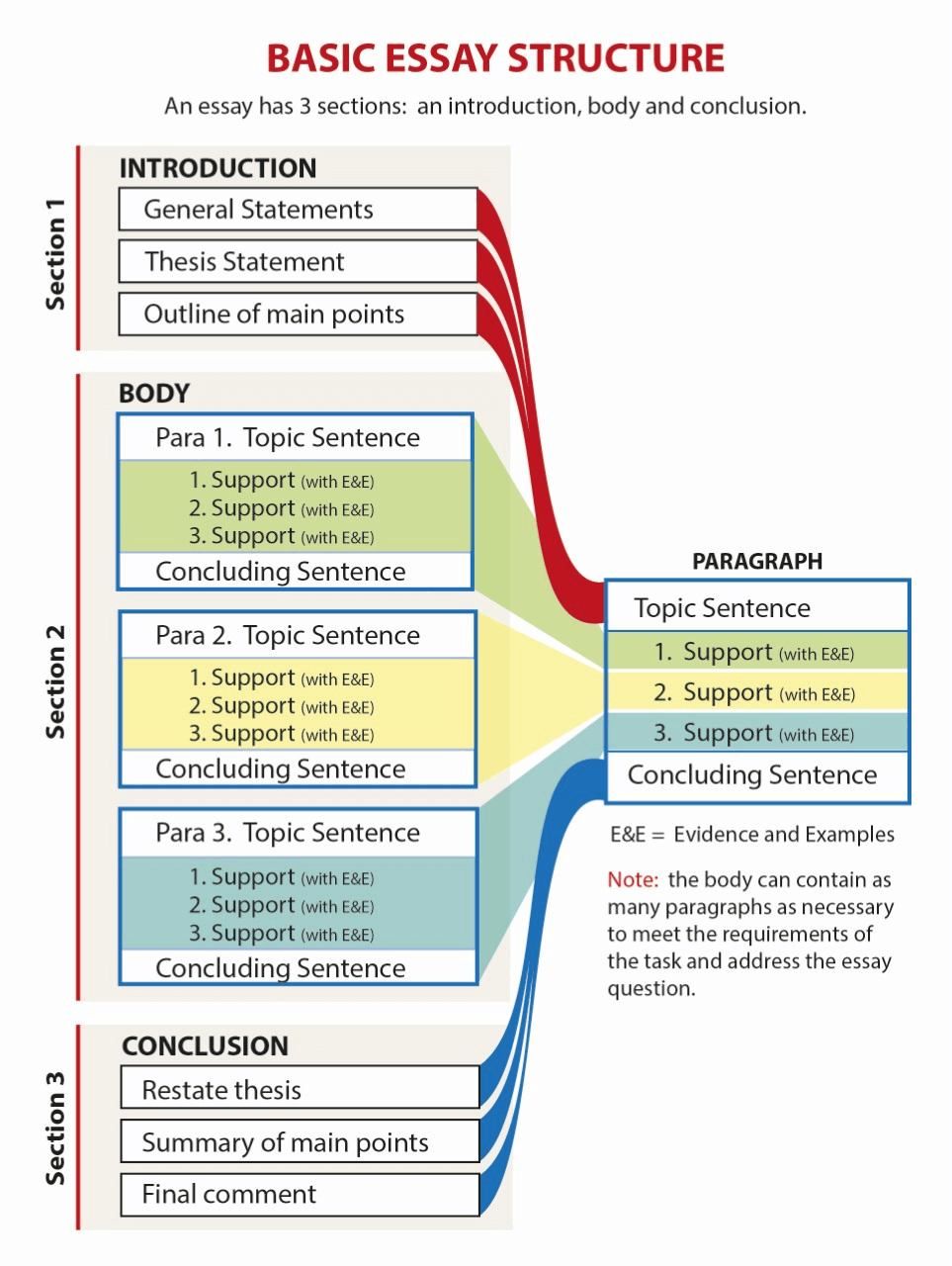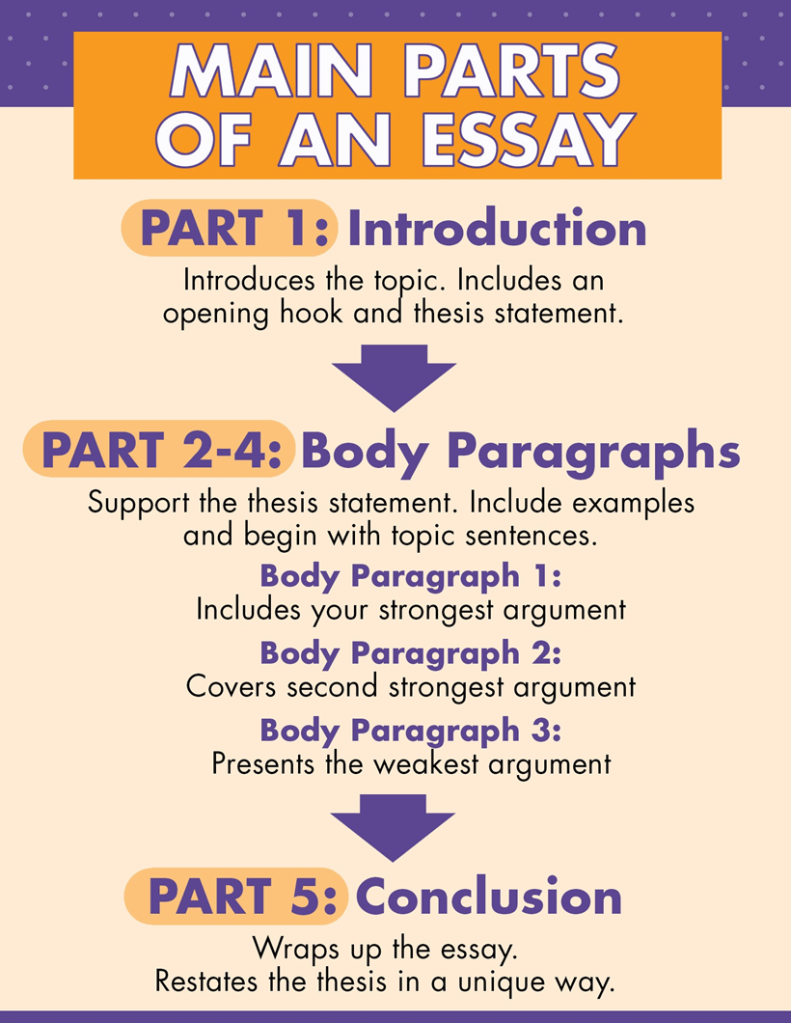Writing an essay can feel overwhelming, especially with a blank page. Where to begin? How do you keep your ideas coherent? A good essay outline holds the solution. An outline is the backbone of your essay, offering structure to your thoughts and helping you stay focused. Without one, your writing may become unorganized, leading to weak arguments and poor logic.
A good outline saves time and improves job quality. It helps you find logical holes, bolster your point, and keep your article consistent. Outlining will make writing easier, whether you’re creating a persuasive, analytical, or expository essay. This article gives a checklist to help you develop a perfect essay outline, ensuring your thoughts are collected and presented nicely.
Why an Essay Outline Matters
An essay outline is the basis of a strong argument, not merely a first step. Think about constructing a house without plans. Without a plan, the structure would be chaotic and inefficient. Essays follow the same rule. A well-thought-out outline helps you organize ideas, assure logical flow, and retain clarity in your writing.
Outlining forces you to think critically about your thesis and supporting arguments before writing. It helps you find flaws in your argument, improve your main points, and connect parts. Also, outlines save time. Writers commonly have writer’s block when they try to create an essay without a strategy. With a planned framework, writing becomes easier and less stressful, enabling you to focus on generating powerful, convincing material.
Understanding Your Essay’s Purpose
Before outlining, you must know your essay’s aim. Essays can enlighten, persuade, or examine complicated issues. Your essay’s aim will affect its organization, evidence, and argument presentation.
A persuasive essay, for example, needs strong arguments, proof, and counterarguments. An expository essay, on the other hand, seeks to convey an idea straightforwardly and factually without personal viewpoints. An analytical essay breaks down a topic into major components, typically analyzing themes, patterns, or deeper meanings.
The Core Elements of an Essay Outline

source: weedutap.com
A well-structured essay outline consists of three main sections:
- Introduction – Establishes the topic, provides context, and presents the thesis.
- Body Paragraphs – Develop the main ideas with supporting evidence.
- Conclusion – Reinforces the thesis and leaves a lasting impression.
These parts are the essay’s foundation, improving cohesion and readability. A good structure helps you explain your ideas, even if your essay needs more sections (like counterarguments in a persuasive essay).
Crafting a Strong Introduction

source: fastercapital.com
The beginning is your essay’s initial impression and is key to captivating readers. It should be engaging and educational and lead the reader to your primary point. A good intro has three parts.
First, a fascinating hook: an unexpected fact, a thought-provoking question, a pertinent quotation, or a brief experience. The aim is to engage the reader and pique their interest.
Second, background material gives context, ensuring the reader understands the topic’s importance. It clarifies any terminology, historical context, or essential ideas that will be explored throughout the article.
Finally, the thesis statement—this is the heart of your introduction. A strong thesis conveys the essay’s core point and outlines what follows. It must be detailed, arguable, and represent your writing’s objective. By ensuring your opening is well-structured and engaging, you set the scene for a fascinating and well-organized essay that retains the reader’s attention from start to end.
Key Takeaways:
- Hook: Grab attention with a fact, question, quote, or anecdote.
- Background Information: Provide necessary context and definitions.
- Thesis Statement: Present the main argument and essay roadmap.
Organizing Body Paragraphs

source: shaomaprep.com
The body paragraphs are the essay’s core, where you build and defend your thesis with precise arguments and evidence. Each body paragraph should focus on one significant concept that pertains to your core argument.
Begin with a powerful subject sentence that presents the paragraph’s main argument and connects to your thesis. This statement helps the reader follow your essay’s reasoning. Next, give evidence and analysis, such as research, expert opinions, statistics, historical instances, or personal experiences. You must explain how your evidence supports your thesis, not just state an argument. Many students find this process challenging, especially when structuring their arguments effectively. To refine their writing and ensure logical flow, some students turn to resources like SpeedyPaper, which guides in organizing ideas and developing well-supported arguments or even helps with whole writing. Ensure your analysis is clear, relevant, and convincing, helping construct a solid and logical argument.
Finally, conclude with a transition phrase that easily ties your paragraph to the following one, ensuring the essay’s flow stays natural and coherent. The number of body paragraphs depends on your essay’s depth and complexity. Shorter essays may include three body paragraphs, but lengthier, more thorough essays may need more parts to effectively develop your point. This format keeps your writing clear, convincing, and easy to follow.
Key Takeaways:
- Topic Sentence: Introduce the main idea and connect it to the thesis.
- Supporting Evidence: Use facts, examples, statistics, or expert opinions.
- Transition Sentence: Ensure smooth flow to the next paragraph.
Structuring a Persuasive Argument (If Needed)
In persuasive or argumentative essays, arranging your ideas correctly is even more crucial to building a strong case. To reinforce your case, you must also consider opposing ideas. Acknowledging counterarguments is crucial; it indicates you have weighed other views and are ready to confront them. A counterargument gives an alternative opinion or a frequent critique of your stance. Instead of disregarding it, understanding various opinions promotes intellectual honesty and critical thinking.
The second stage is giving a solid rebuttal when you utilize evidence, logic, or expert views to reject the counterargument and support your perspective. A good reply hurts the opposing perspective and improves your case by showing that you explored numerous angles before concluding. This method makes your writing more convincing and refined. Persuasive essays need a careful arrangement, ensuring each argument flows smoothly into the next while being clear and logical. By framing your argument well and addressing counterpoints, you produce a persuasive, well-rounded case that is more likely to convince your audience.
Key Takeaways:
- Counterarguments: Acknowledge opposing views to strengthen your argument.
- Rebuttal: Refute counterarguments with logic, evidence, or expert opinions.
- Logical Flow: Ensure points connect smoothly for a compelling case.
The Role of Transitions in an Outline
A common oversight in outlining is maintaining seamless section transitions. Disjointed or sudden swings in concepts might confuse the reader, making your writing feel fragmented. Transitions function as bridges, effortlessly moving the reader from one point to another.
When outlining, think about how each part relates. Is each paragraph coherent? Are concepts naturally linked? If a transition feels forced, reorder your arguments or tweak how you introduce them.
Writing an Impactful Conclusion

source: yourdictionary.com
The ending is your last chance to impress the reader. It should support your thesis and essential ideas, not provide additional info. A good conclusion has:
- A restatement of the thesis – Freshly rephrase your main argument, reinforcing its importance.
- A summary of key points – Briefly revisit the most significant arguments in the body paragraphs.
- A thought-provoking closing statement – This could be a call to action, a final insight, or a question that encourages further reflection.
A compelling conclusion gives the reader a sense of closure and ensures that your essay leaves a meaningful impact.
Refining Your Outline
Once your outline is complete, take the time to review and refine it. Ask yourself:
- Does each section logically connect to the next?
- Are my arguments well-supported and clearly stated?
- Have I eliminated unnecessary repetition or weak points?
Revising your outline before writing the full essay ensures a smoother, more effective writing process.
Final Thoughts
Essay writing is transformed by mastering planning. A well-structured outline promotes organization and clarity and makes the entire writing process more efficient. A precise plan can help you write a captivating, logical article, whether a high school essay, a college thesis, or a convincing argument. This checklist will help you write essays confidently, ensuring your views are clear, convincing, and effective. Now that you have the correct foundation, you can write a compelling, well-structured essay!


